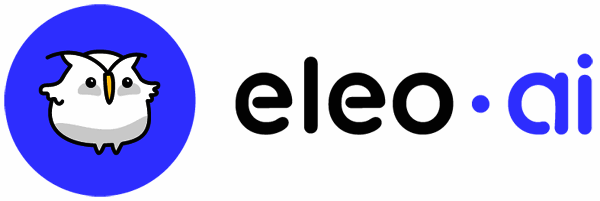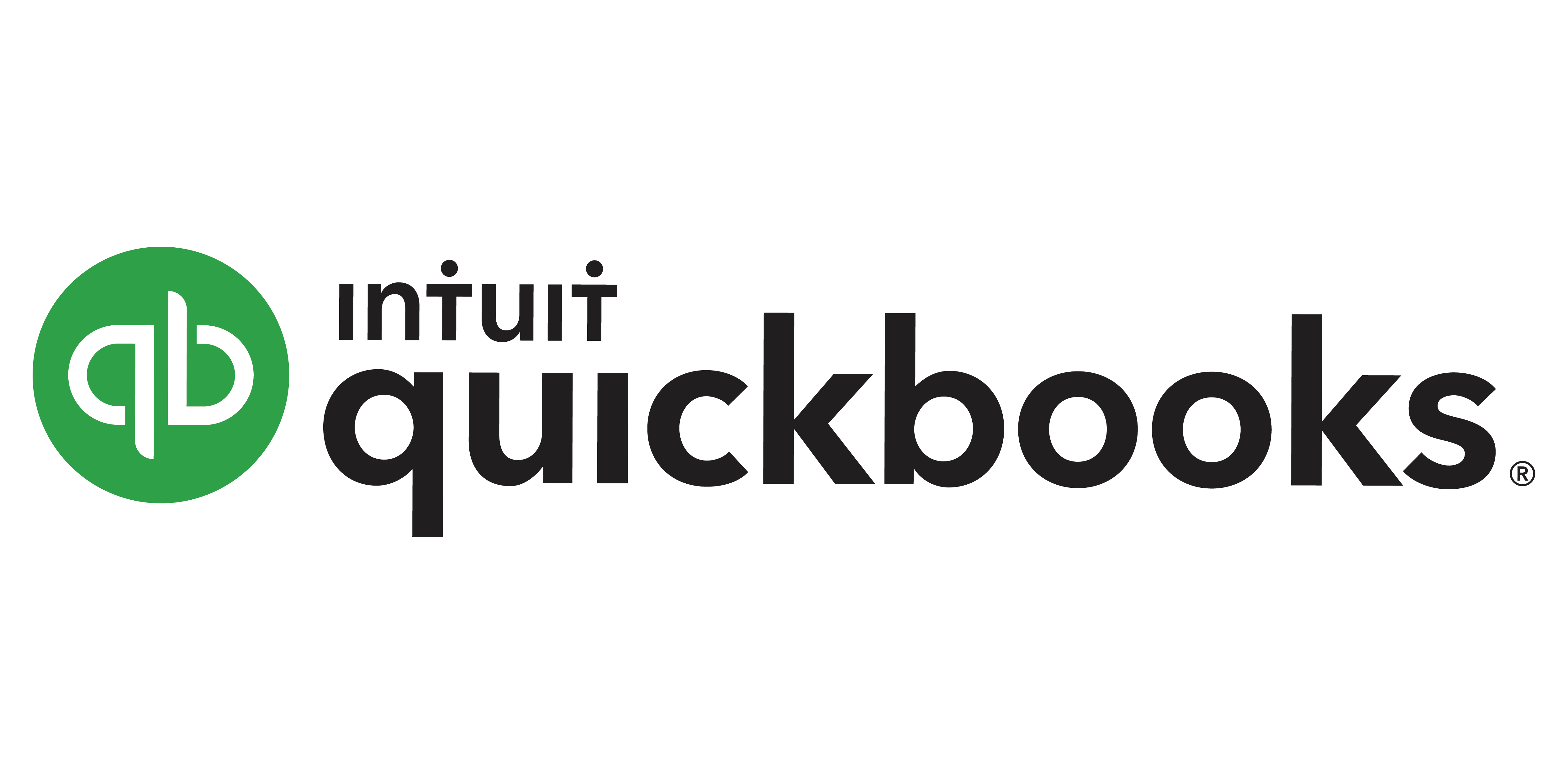What Are the Recent Trends in Ai Design Tools?
Artificial intelligence (AI) has entered the world of design, making it faster, more efficient, and more precise. AI design tools evolve in tandem with technological advances. These technologies are always developing to suit the needs of a rapidly changing design context.
In this buyer's guide, we will go over current advancements in AI design tools, providing you a better idea of what to look for when making a purchase.
1. generative design: Generative design is a current trend in AI design tools. This technique allows designers to enter particular criteria and have the computer create many design alternatives in minutes. This not only saves time, but also allows for greater creative exploration and experimentation during the design process.
2. Natural language processing (NLP): Natural language processing (NLP) is another emerging topic in AI design tools. This technology enables designers to speak with computers in a natural, human-like language. This makes it easier for designers to communicate their thoughts and instructions to the computer, leading to a more efficient design process.
3. Augmented and Virtual Reality (AR/VR): AR and VR technologies are becoming increasingly popular in design, and AI is being integrated into these tools. This enables designers to construct realistic and immersive 3D environments, providing a greater grasp of how their concepts will appear and work in real life.
4. Design Assistance: AI design tools are getting more intelligent and intuitive, providing real-time design support to users. These technologies can offer recommendations and answers to design issues, making the design process more efficient and productive.
5. Automation & Integration: Automation and integration are two major themes in AI design tools. Automation enables repetitive activities to be completed quickly and precisely, sparing designers' time to focus on more creative elements. Integration, on the other hand, enables various AI technologies to interact easily, resulting in a more integrated workflow.
6. Focus on user experience: With the emergence of user-centric design, AI design tools increasingly place a high value on user experience. This implies that these tools are intended to help designers create visually beautiful designs while simultaneously ensuring practicality and usability.
Benefits of Using Ai Design Tools
In recent years, artificial intelligence (AI) has transformed the design business. With the development of AI design tools, designers can now simplify their workflows, increase their inventiveness, and remain ahead of their competitors. But, what are the special advantages of adopting AI design tools?
Let's have a closer look.
1. Increased Efficiency and Speed: One of the primary advantages of adopting AI design tools is their ability to dramatically enhance efficiency and accelerate the design process. Tasks that would ordinarily take hours, if not days, may now be completed in minutes thanks to AI algorithms and automation. This helps designers to finish more projects in less time while maintaining high quality.
2. Improved Accuracy and Consistency: AI design tools are educated on massive volumes of data, resulting in extremely accurate and consistent output. This guarantees that the designs developed with AI technologies are high-quality and error-free. Furthermore, AI systems can do exact calculations and measurements, yielding more accurate and consistent designs.
3. Cost-Effective: Investing in AI design tools might be an affordable alternative for enterprises. As previously said, these solutions may automate operations and improve efficiency, resulting in lower personnel expenses. Furthermore, AI technologies enable designers to produce many designs for a project and swiftly iterate on them, saving time and money.
4. Creative Inspiration: AI design tools may provide designers a new viewpoint and encourage them to think beyond the box. AI technologies may develop distinctive and inventive designs by utilizing machine learning algorithms and data analysis, encouraging designers to experiment with new ideas and concepts.
5. Customization and Personalization: AI design technologies enable designers to build individualized designs for their clients. Understanding consumer data and preferences allows AI systems to generate designs that are personalized to the target audience's individual wants and interests.
6. Time-Saving cooperation: AI design tools facilitate and improve team cooperation. Multiple designers may collaborate on a design at the same time using cloud-based platforms and real-time changes, saving time and minimizing misinterpretation.
Important Factors to Consider While Purchasing Ai Design Tools?
When it comes to selecting Ai Design Tools, a few key considerations must be examined. These tools are critical for improving the design process, boosting productivity, and delivering high-quality results. As a result, it is critical to select the appropriate tools that meet your individual demands and expectations. To assist you in making an educated selection, here are some crucial considerations to consider while selecting AI Design Tools:
1. sort of AI Design Tool: The first thing to examine is the sort of tool you require. There are several varieties of AI Design Tools, including graphic design tools, 3D design tools, video editing tools, and others. It is critical to understand your individual design requirements and select a tool that matches them.
2. Ai Design: Tools' features and functionality differ from one another Some tools may specialize in a certain area, but others may provide a variety of functionality. It is critical to investigate and evaluate several possibilities to ensure that the tool you select has all of the required characteristics to match your design specifications.
3. Usability: AI Design Tools are intended to ease, not complicate, the design process. As a result, it is critical to select a tool that is user-friendly and simple to navigate. This will save you time and effort, allowing you to concentrate on producing outstanding designs.
4. Compatibility: Before using the Ai Design Tool, make sure it works with your devices and operating system. Some utilities may be exclusively built for the Mac, while others may be compatible with Windows or both. To avoid technical troubles, make sure the tool you pick is compatible with your devices.
5. Pricing and Budget: AI Design Tools are available at a variety of prices, from free to costly. It is vital to establish a budget and seek choices that fall inside it. However, keep in mind that occasionally investing in a more expensive instrument might result in superior functionality and value for money in the long run.
6. Customer assistance: Before acquiring any product, it is critical to assess the degree of customer assistance supplied by the organization. Whether it's through tutorials, FAQs, or live chat support, having access to help when you need it may improve your design experience.
7. Reviews and suggestions: Before making a purchase, it is usually advisable to check reviews and suggestions from other consumers and industry professionals. This will help you better grasp the tool's performance, functionality, and overall satisfaction level.
What Are the Key Features to Look for in Ai Design Tools?
When it comes to selecting the best AI Design tool for your requirements, there are a few crucial things to look for. These capabilities will ensure that the tool is fully prepared to tackle your design chores swiftly and effectively.
Here are the key characteristics to consider:
1. User-friendly interface: Look for an AI Design tool with an easy-to-use and understandable UI. This saves you time and hassle when utilizing the tool, enabling you to concentrate on your design work.
2. Advanced AI technology: The foundation of every Ai Design tool is its AI technology. Look for a tool that supports sophisticated AI features like machine learning, natural language processing, and neural networks. These enable the tool to learn and adapt to your design preferences, resulting in more precise and customized designs.
3. Customization possibilities: A decent AI Design tool should have a wide range of customization choices. This includes the option to customize algorithms, design features, and data inputs. This gives you greater control over the final product and allows you to develop distinctive designs that stand out.
4. Compatibility: Ensure that the Ai Design tool you use is compatible with the file formats and software applications you use. This ensures a smooth workflow and allows you to simply incorporate the tool into your existing design process.
5. Collaboration features: If you operate in a team, search for an Ai Design tool that has collaboration capabilities. This includes the ability to exchange designs, provide comments and notes, and collaborate on projects in real time. This will enhance collaboration and simplify the design process.
6. Performance and speed: Because Ai Design tools include complicated processes, it's critical to select one that performs quickly and efficiently. Look for programs that have a proven track record of processing huge files quickly and without lagging.
7. Support and updates: Select an Ai Design tool from a trustworthy provider that provides consistent support and updates. This ensures that any technical difficulties are resolved quickly and that the tool is up to date on the most recent AI breakthroughs. By taking these crucial qualities into account, you can choose an Ai Design tool that matches your design requirements while also enhancing your creative process. Always remember to conduct research and evaluate many possibilities to choose the greatest match for your individual design needs.
Which Industries Can Benefit the Most from Ai Design Tools?
Which industries will gain the most from AI design tools? With the fast progress of artificial intelligence technology, companies across the board are continuously looking for methods to incorporate AI into their operations. AI has had a tremendous influence on the design process. AI design tools have shown to be game changers in a variety of sectors, disrupting traditional design approaches and giving organizations a competitive advantage. These industries include:
1. Graphic Design: AI design tools have significantly improved the speed and accuracy of graphic design. AI design tools, with their capacity to evaluate data and learn from human input, may effortlessly develop distinctive and visually appealing designs. This is especially useful for organizations in the advertising and marketing sectors, where capturing the audience's attention is critical.
2. Architecture and Interior Design: Traditionally, these businesses used manual drawing and sketching for design reasons, which may be time-consuming and error-prone. AI design technologies have streamlined the process by automating processes like as 3D modeling and space planning. This not only saves time, but also enables more precise and inventive designs.
3. Fashion and Textile Design: Artificial intelligence design tools have revolutionized the fashion and textile sectors, enabling faster and more efficient production of designs, patterns, and color schemes. AI can also analyze data to forecast consumer trends, allowing firms to remain ahead of the curve.
4. Product Design: From automobiles to daily household objects, AI design technologies have had a substantial influence on product design across several industries. These technologies can help in the design process by generating several design alternatives based on customer feedback, resulting in more innovative and user-friendly products.
5. Web Design: With the advent of e-commerce and online presence, web design is now a crucial component of every organization. AI design technologies may assist in automating the online design process and personalizing the user experience based on behavioral patterns, resulting in a more engaging and efficient website.
Conclusion
To summarize, Ai design tools provide several benefits for designers, firms, and individuals trying to improve their creative processes. With modern capabilities like machine learning and automation, these technologies may save time and increase productivity, enabling users to concentrate on their core ideas and concepts. Furthermore, AI skills might provide a new viewpoint and inspiration to design initiatives.
When thinking about acquiring an AI design tool, you should carefully analyze your specific demands and goals. Determine the precise features and functions needed for your projects, as well as your budget and any additional assistance or training that may be required. It is also critical to conduct research and evaluate numerous tools to choose the greatest fit for your requirements.
Look for user reviews, demos, and trial periods to learn more about the tool's capabilities and usability. To summarize, Ai design tools may be an excellent investment for both individuals and enterprises, providing not only time-saving and efficiency advantages, but also imaginative and creative advances. With careful study and thought, you may select the ideal AI design tool to help you take your creations to the next level.






















